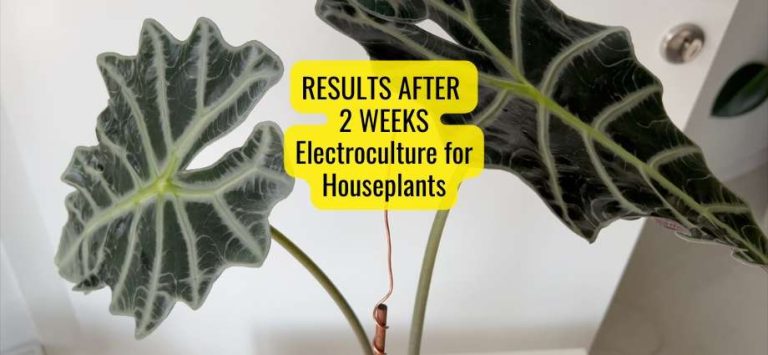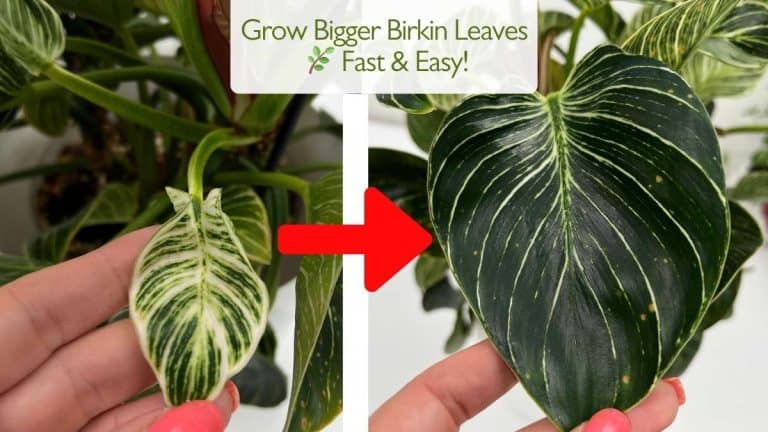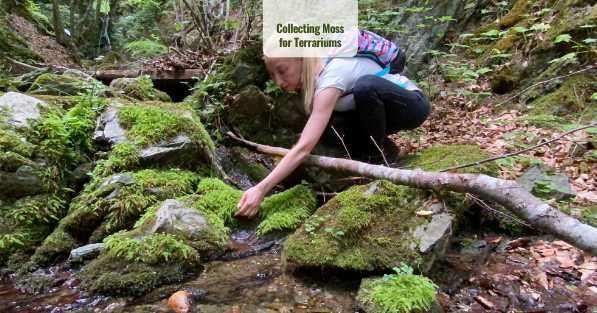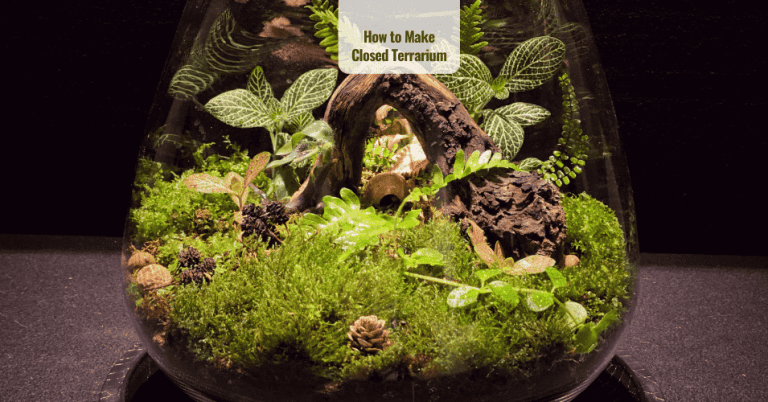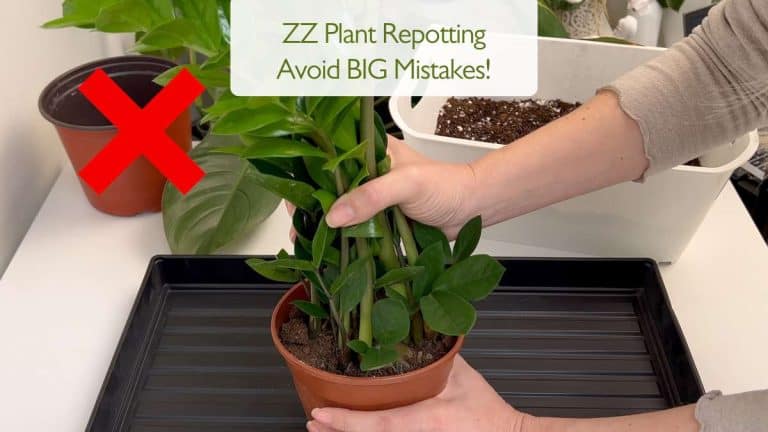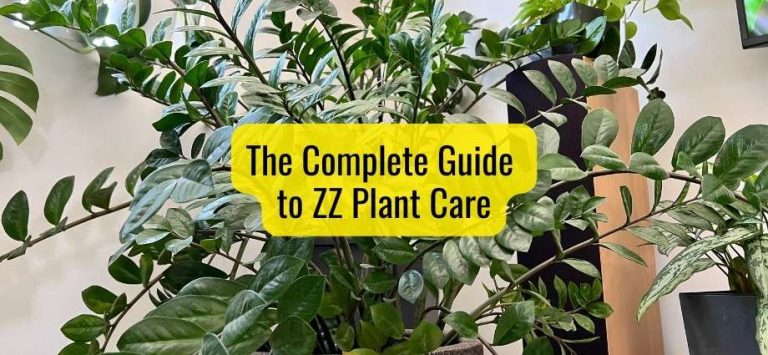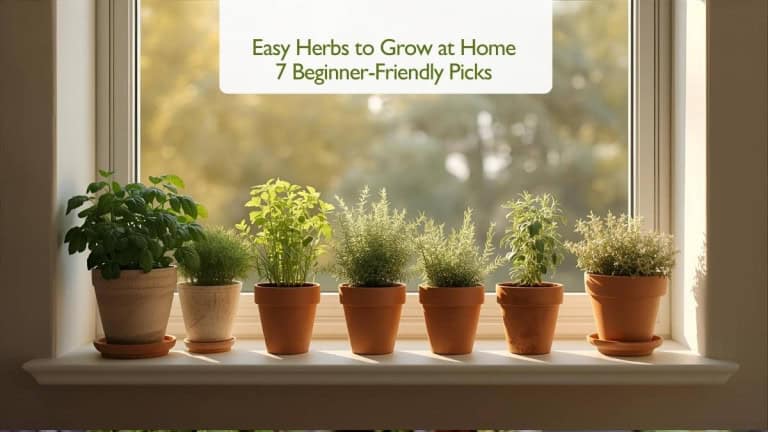Electroculture for Alocasia Amazonica: Amazing Growth Results After Just 2 Weeks
In this post, I want to share my personal experience using electroculture for Alocasia Amazonica, a tropical houseplant that typically grows slowly indoors. Building on my general work with electroculture for houseplants, this focused experiment demonstrates how tapping into atmospheric energy can dramatically boost growth and vitality—in this case, producing three new leaves in just two weeks.
If you’re curious about the broader method of electroculture and how to make your own atmospheric antenna, be sure to check out my detailed Electroculture for Houseplants guide, which includes step-by-step instructions and theory behind this sustainable technique.

What Is Electroculture for Alocasia Amazonica?
Electroculture is an ancient, eco-friendly technique that harnesses the Earth’s natural atmospheric energy to stimulate plant growth without the need for fertilizers or pesticides. By using simple devices like atmospheric antennas, we can channel this energy directly to plants, improving their health, resilience, and growth rate.
Alocasia Amazonica is known for its striking foliage but usually shows slow growth indoors. In my experiment, I wanted to test if electroculture could accelerate its natural rhythm and encourage more vigorous leaf production.
Setting Up the Atmospheric Antenna for Alocasia Amazonica
For this experiment, Electroculture for Alocasia Amazonica, I created an atmospheric antenna by wrapping copper wire around a wooden dowel in a Fibonacci spiral pattern and oriented it towards magnetic north. This setup captures and directs atmospheric energy to the plant’s root zone.
If you want to create your own antenna, I recommend watching my video below or reading the step-by-step guide in my main electroculture article here.
Remarkable Growth: Three New Leaves in Two Weeks
Typically, Alocasia Amazonica produces leaves slowly, often one at a time, especially indoors. After just two weeks using electroculture, my plant surprised me by producing three new leaves simultaneously—a clear sign that the antenna energized its growth process.
This rapid development illustrates how electroculture can awaken even slow-growing houseplants, making it a valuable technique for any indoor gardener.
Watch the full progress and see the leaves emerge in my video below:
Why You Should Try Electroculture for Your Houseplants
Electroculture offers several benefits for indoor plants like Alocasia Amazonica:
Accelerated growth: Particularly beneficial for plants that tend to grow slowly indoors.nthusiast or just looking for innovative ways to care for your indoor plants, this technique is worth exploring. You can read more about electroculture here.
Reduced need for fertilizers: Plants can thrive by harnessing natural energy, decreasing chemical inputs.
Improved resilience: Healthier plants resist pests and diseases more effectively.
Boost Growth Further with Music for Plants
In addition to electroculture, I highly recommend incorporating music tuned to beneficial frequencies, such as 432 Hz, to support plant well-being. Scientific studies show that specific sound frequencies enhance photosynthesis, growth, and overall vitality.
I’ve curated a playlist called “Music for Plants,” tested on various plants with positive feedback from viewers. This music creates a calming, harmonious environment that helps your green companions thrive.
Check out the playlist and listen to viewer experiences in the comments on my YouTube channel linked below.
Conclusion
My electroculture experiment with Alocasia Amazonica proves how powerful natural atmospheric energy can be for accelerating indoor plant growth. Combined with plant-friendly music, these techniques offer sustainable, chemical-free ways to cultivate a thriving indoor garden.
Subscribe to my channel and follow along for more experiments, tips, and innovative plant care ideas. Together, let’s grow greener, healthier homes!
Explore More Music for Your Plants & Stay Connected!
Check out my Playlist: Music for Plants and find the perfect tunes to help your plants and yourself thrive.
Don’t forget to visit my YouTube Channel Plant House & Garden and subscribe — your support means the world to me!
Connect with me on social media for more plant care tips and music updates: Instagram | Facebook | X | Pinterest | Reddit | TikTok
Love plants? Love music? Don’t miss out on new updates — hit subscribe and follow now to keep your plants happy and your space vibrant!

